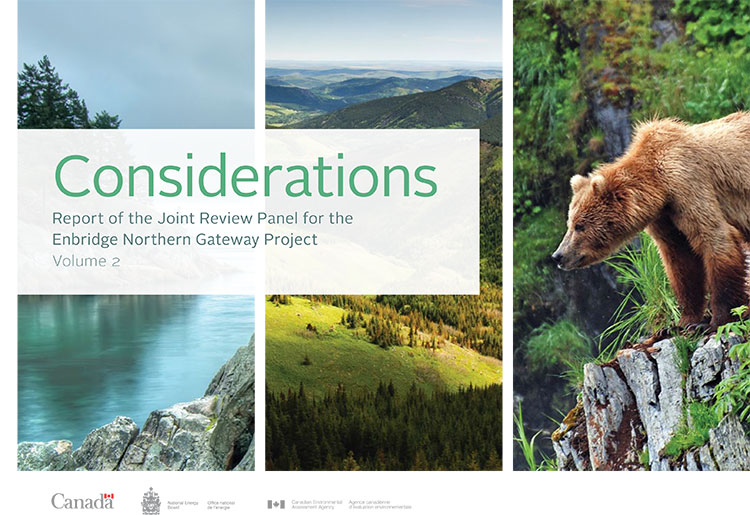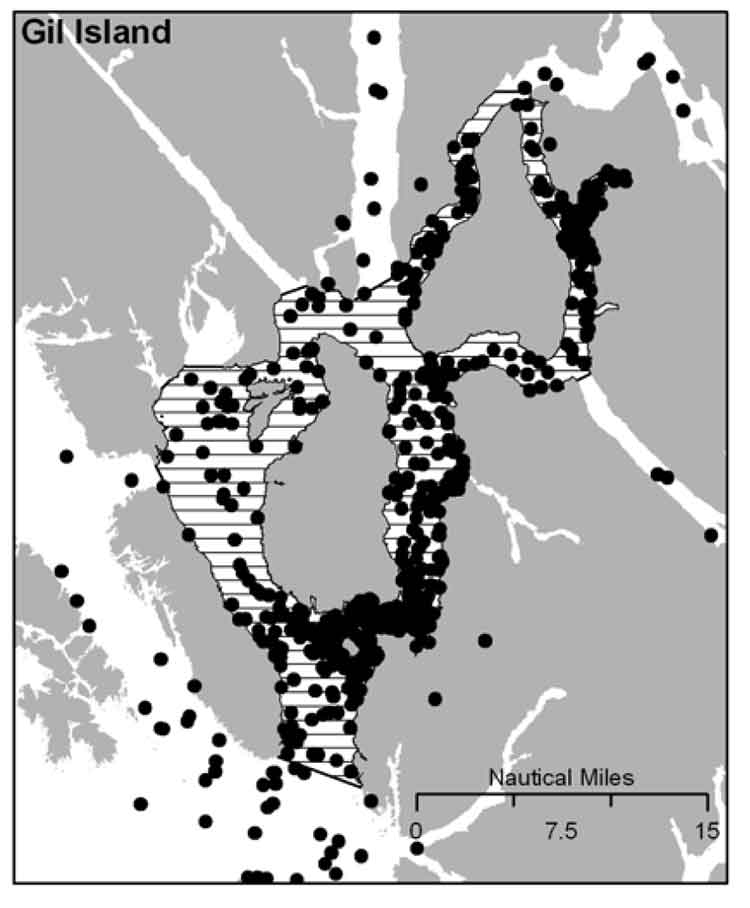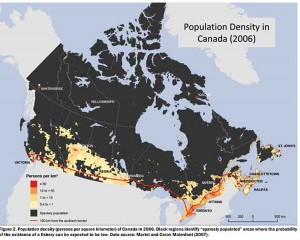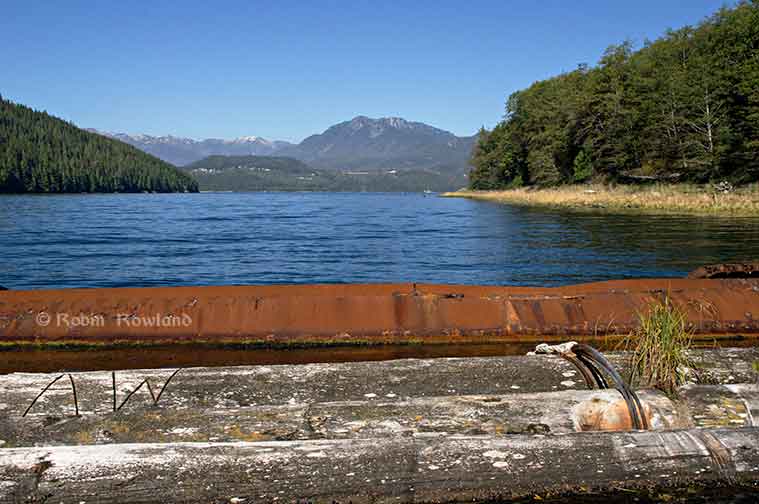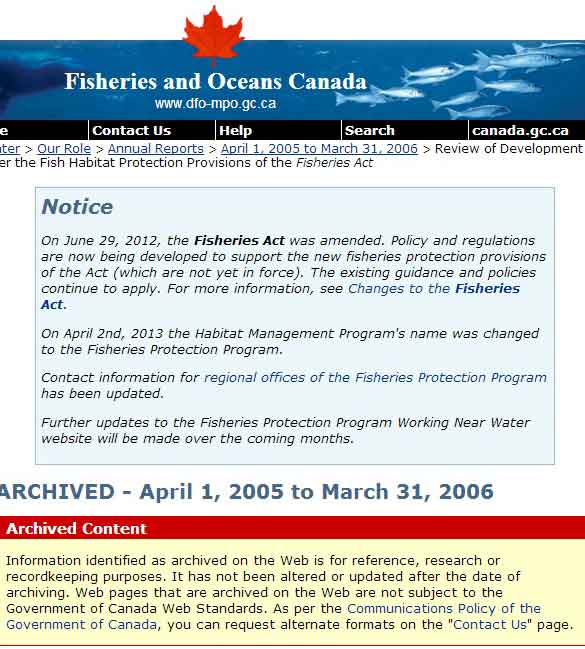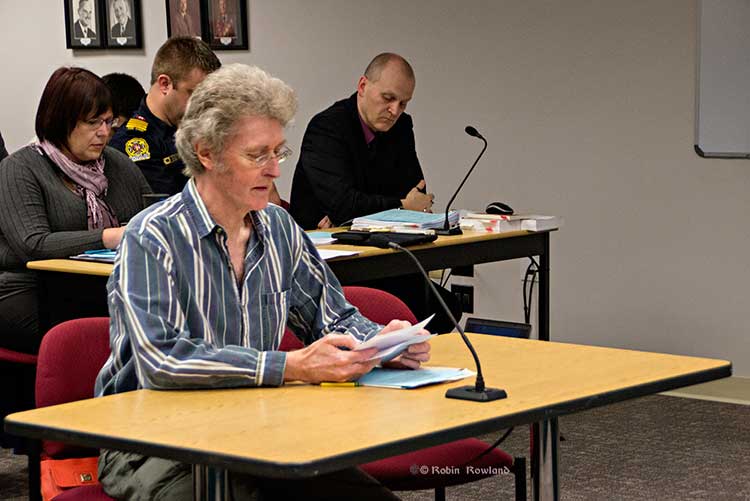
The District of Kitimat Council is in chaos. We’re not referring to Monday’s chaotic meeting where often it was hard to figure out what Councillors were saying and where they were going.
We are referring to “Chaos” as it is defined in physics, “sensitive dependence on initial conditions,” known to most people as the “butterfly effect” (the exaggerated notion that a butterfly flapping its wings in one place could cause a storm in another place). Or we could suggest that Kitimat Council has a critical case of bad karma that is now coming back to haunt them.
How can you trust a council that doesn’t understand and follow its own motions?
District Council claims it is neutral on the Enbridge Northern Gateway project. That is wrong.
District Council decided, in violation of its own resolutions, to do absolutely nothing about the Northern Gateway Project until they have to. Doing nothing is not neutrality. Doing nothing is a default notion that actually tilts council in favour of the Enbridge Northern Gateway project. Doing nothing has meant that Council has become incapable of dealing with Gateway related issues within its own jurisdiction because they have no idea of what is going on.
A tale of two motions
So what were the initial conditions? As Peter Ponter pointed out in his presentation to Council Monday night, the original motion on neutrality called on Council to take an active part in the Joint Review proceedings.
As reported in the Kitimat Daily at the time, the motion from Councillor Rob Goffinet read:
”I move that the Mayor and Council of District of Kitimat go on record neither opposing nor supporting the Enbridge Pipeline Super Tanker Proposal and that we wish to, as a Mayor and Council, with our community, take part in the 1-2 year environmental assessment process and the Joint Review Panel to learn and understand whether this will be a beneficial project to Kitimat, the Northwest and British Columbia.
That motion was carried unanimously.
So then what happened? Nothing. The District of Kitimat did register as a government participant in the proceedings but did nothing to actually actively participate “to learn and understand whether this will be beneficial project to Kitimat….”
With the 2011 election over, the new council, sitting for the first time in 2012, was asked to reaffirm its position. At that time, Phil Germuth presented a motion that council survey the residents of Kitimat to find out what their position was on the Northern Gateway project. Our report here and Kitimat Daily’s report here.
At the time Councillor Mario Feldhoff said:
“The perfect time for the community to indicate whether they support is to reflect upon the JRP report. Do we agree with their submissions? Otherwise, our emotions are getting ahead of us and we may be perceive as being late in the game but, we may have, from my perspective, informed comment from the citizenry after they have had a chance to read a report from the JRP would be preferable in my opinion, in opposed to getting a sense of how people feel about things right now.”
So, in fact, there was not one neutrality motion as Council now maintains.
There were two separate motions, on two separate aspects of neutrality. The first called for council to remain neutral but to participate in the Joint Review Panel. The second called for council to survey the community on their feelings after the completion of the JRP.
The two motions did not, repeat not, cancel each other out. But that was, in effect, what happened. The council seems to have decided that Feldhoff’s comment was actually a motion, and that after that January 2012 meeting, they should do absolutely nothing but wait until the Joint Review Process was complete.
Every time after January 2012, when council was asked about anything, they said we are waiting for the Joint Review Process to be complete, even though council had unanimously passed a motion saying it would take part in the JRP. That is proof of Kitimat Council’s incompetence.
As we pointed in May 2012, after the introduction of the Omnibus bills, neutrality has never meant sitting on one’s ass and doing nothing. Neutral nations have always vigorously looked out for their own interests.
We will repeat that in the long history of regulatory hearings, public inquiries and even coroners inquests there have always been a role for neutral parties, represented by competent and properly instructed counsel, who vigorously look out for their client’s interests, without taking an advocacy position on a matter before the tribunal. The District of Kitimat could have, in fact, should have, actively participated and where necessary in the Joint Review and have its representatives ask tough questions of every side on all matters relevant to the District of Kitimat.
Participation didn’t happen, and, unfortunately, that is now all water under the Kitimat River Bridge.
A gift of prophecy

The bigger problem is that a majority on Kitimat council believes that it has the gift of prophecy, naively believing that the Joint Review Panel understands all mysteries and all knowledge. A majority of members on Kitimat council have blind faith, believing that the JRP can safely move pipelines across mountains.
With its gift of prophecy, Kitimat Council believes that all is right with the Joint Review Panel, that its 209 recommendations are gospel and thus council approves a vote question not about the Northern Gateway project but the Joint Review.
Faith is the operative word, for apart from dropping into listen from time to time, council did not participate in the proceedings in any way, and thus did not experience the many flaws in the Joint Review process that led some people to say as early as the middle of 2012 that the JRP had no credibility.
We’re already seeing the flaws in the blind faith in the JRP. As this site pointed out, the costs of the Kalamazoo cleanup now exceed the amount of money the JRP conditions call on Enbridge to set aside in case of a spill. A report by federal scientists show the Joint Review Panel erred in accepting Enbridge’s laboratory evidence that bitumen doesn’t sink.
There are already court challenges to the Joint Review Panel. (Update. A media count as of January 23 says there are now 10 court challenges to the JRP)
Most important for Kitimat, a challenge filed by the Haisla Nation which, among the many flaws it finds with the JRP report, says the JRP improperly concluded that a large spill is unlikely either from the pipeline itself, the terminal facilities or the oil tankers tasked with navigating B.C.’s coastal waters.
It doesn’t do much for the already strained relationship between the District of Kitimat and the Haisla Nation that Council continues its uncritical support of the JRP while the Haisla are challenging it in court. That the Haisla motion to the Federal Court of Appeal includes challenges to the procedural unfairness of the JRP proceedings.
The Gitxaala First Nation says Joint Review Panel ignored issues surrounding aboriginal rights and title.
A coalition of environmental groups have told the federal court there was not enough evidence before the JRP to support its conclusion that the Northern Gateway pipeline would not have significant adverse effects on the environment; one key part of the suit is the fact that the JRP refused to consider the federal humpback strategy for Douglas Channel.
Although it is unlikely that the courts will throw out the Joint Review findings before the April vote, it might just happen. At that point, a plebiscite question based on the JRP would look pretty silly.
Who runs the Kitimat River?
We now come to the long term consequences of a do nothing council. We have to ask if the District of Kitimat Council will become lame ducks, at least in some part of town, because they have stood by and, in their misplaced faith in the National Energy Board, ceded the right to decide what happens in Kitimat to the NEB?
According to a report in the Toronto Star, using the new rules under the omnibus bills, this week the National Energy Board approved expansion of the Enbridge Line 7 pipeline in southern Ontario, without a hearing and without notifying Hamilton, the municipality involved (the pipeline actually goes through Hamilton) because the municipality was not “affected in any way” by the project. Since the media got on to the story, Enbridge has kindly said to Hamilton “we have heard and understood it and assured them directly that we will include them in all future consultation and activity on this project.”
There was another decision by the National Energy Board in December, when it agreed with DFO that it would have jurisdiction on fish habitat, if there are pipelines along water bodies such as the Kitimat River. DFO has since clarified their position, which means we’re not going to see the absurd vision of NEB officials checking fishing licences in Radley Park.
There is already one pipeline along the west bank of the Kitimat River, Pacific Northern Gas. If the LNG projects go ahead, as well as more molecule traffic on the PNG pipeline there will be the Coastal Gas Link serving Shell and the Pacific Trails Pipeline serving Chevron and Apache. If it goes ahead, the Northern Gateway Pipeline will mean four pipelines along the west bank of the Kitimat River.
Four pipelines along the banks of the Kitimat River all under the benign eye of the National Energy Board in Calgary since they have “expertise” on pipelines and water courses.
The NEB has shown recently it doesn’t have much respect for municipalities. While the actual regulations under the DFO-NEB deal are likely to be unclear for some time, we know that what the NEB’s mandate is, to promote the oil and gas industry in this country, not to protect rivers and streams. So if the people of Kitimat, especially those who fish the Kitimat River or work in the Service Centre are in the way of what NEB bureaucrats in Calgary decide is best for us and those three, maybe four, pipelines, well too bad, eh? The NEB has the mandate to act in the national and public interest, not the residents of Kitimat.
Kitimat Council with its blind faith in the National Energy Board may very likely be a case of be careful what you wish for, sitting uselessly in the chambers at Northwest Community College while the NEB in Calgary carves up the District’s jurisdiction and does what it thinks is best for the oil patch.
Thus the Council deliberations become a sounding brass or a tinkling cymbal, meaning nothing.

